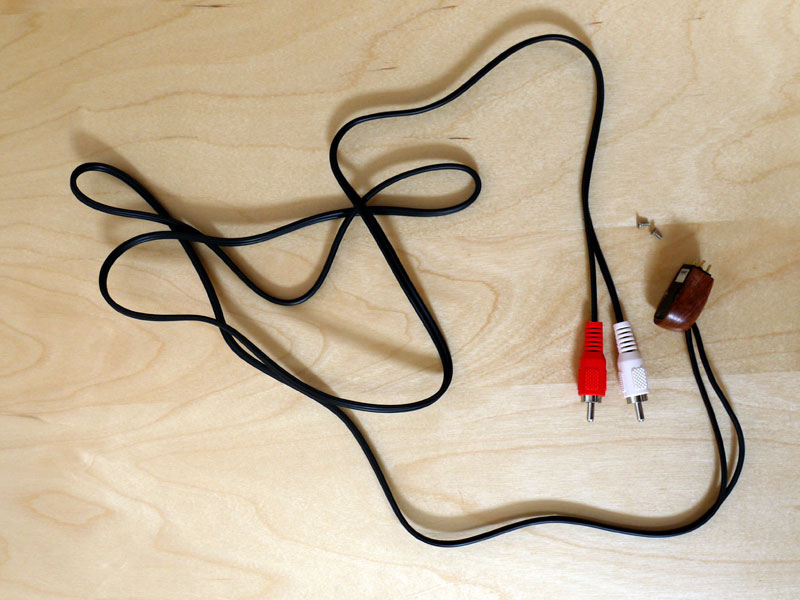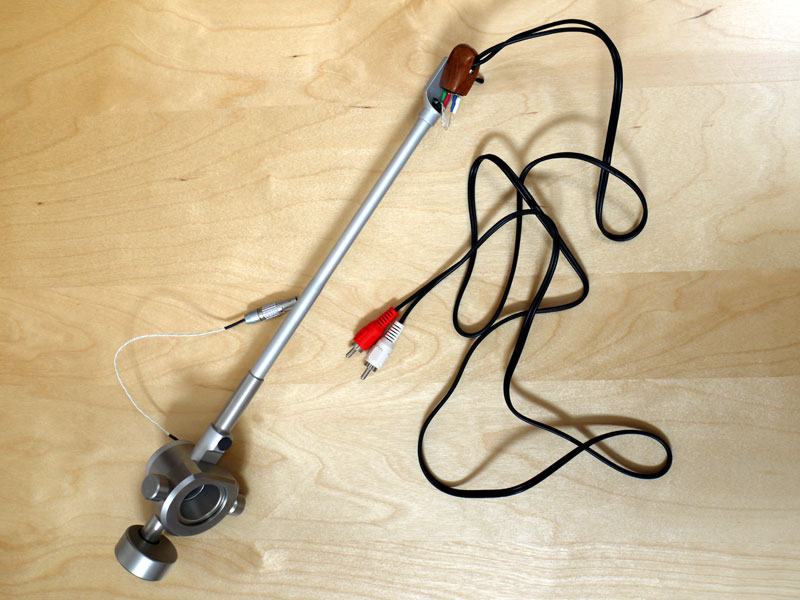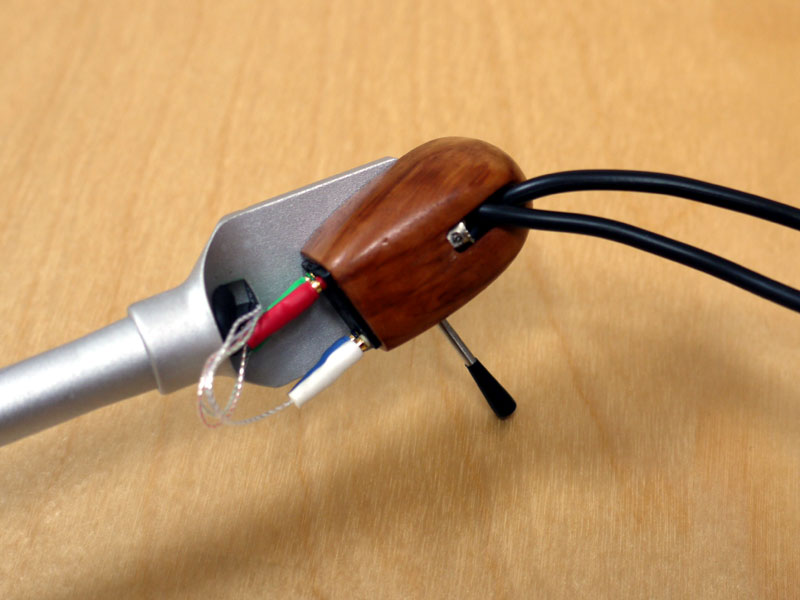Cable Burn-In: The Missing Link, or How to Toast Your Tonearm
kay, here’s the obligatory reader warning: if you don’t believe that cables make a difference, don't read on; if you don’t believe in cable burn-in, go no further; if you think that vinyl is an irrelevant historical joke, stop right now! All other (right-thinking) people, here’s a simple, inexpensive tweak for any new -- and quite a few older -- record players.
An increasing number of companies are offering cable burn-in devices for either dealer or domestic use, highlighting the audible benefits to be had from giving new cables (or those that have been stored or transported) the audio equivalent of a serious session in the gym. Most of these machines offer connections for balanced and single-ended interconnects as well as speaker wires. Some go so far as to include BNC and the increasingly rare five-pin tonearm base connector, common on 'arms like those from Linn and SME. Anybody who has played with one of these machines will vouch for its effectiveness, especially when used to "toast" all the cables in the signal chain. And toast your cables they do. All work on some variation of the "high-level, heavily modulated signal" recipe, stressing your leads by showing them the sort of levels they’d never normally see, and doing it on a continuous basis. This rather suggests that the benefits will be greater the lower the signal level the leads involved normally pass, a thesis borne out by the dramatic effect these devices have on digital and tonearm leads, which, by a somewhat roundabout route, brings me to the point of this article -- and a yawning blind spot in the whole cable burn-in business. If you run a record player, then the smallest signals in your system get passed down the inside of your tonearm tube -- and whilst you might have burned-in the leads running from the base of your 'arm to the phono stage, the chances of your having done the same to the internal wiring are pretty slim. This means that the cable inside your tonearm only ever sees the microscopic signals from the cartridge. Even with years of use, they may never get fully burned in; and remember, the smaller the signal, the more critical the cable, and these are right at the front of your system, creating a knock-on degradation right through the chain. As a reviewer and VPI JMW tonearm user, I have an additional concern. One of the great advantages of the JMW is its easily interchangeable armwands, making the use of multiple cartridges, including a second, mono transducer, simplicity itself. But with multiple armwands in use, to what extent does their individual "mileage" impact their performance -- and the results of any cartridge comparisons they’re involved in? With that in mind, I set out to create an adapter that would allow me to connect my tonearms to my cable burner, and given the necessary parts, it was surprisingly easy.
What you’ll need
ll you’ll need to create your own adapter is a dead phono cartridge -- and who doesn't have one of those? -- and a standard RCA patch lead. In its simplest form, you can simply extract the terminal block from the back of your donor cartridge and solder it in place of the RCA plugs on one end of the patch lead. But a more elegant (and safer) solution involves co-opting the cartridge body itself to provide a fixing opportunity and some strain relief. The best kind of cartridge for this is one with a separate housing rather than a molded body. I chose an old Goldbug Mr. Brier, long since decapitated in some horrific audio accident, whose boat-shaped body and widely spaced pins are perfect for this purpose. (Less impressive are the short fixing screws with their Philips heads and non-standard JIS threads. Lose them at your peril. Something like a metal-bodied Benz or a Kiseki that accepts standard Allen screws would be even better.) I prized the body away from the base, revealing the generator assembly. Then I removed as much of the internal structure as possible. Next, I lopped the RCA plugs from one end of a 1.5-meter patch cord, then trimmed back and tinned the conductors. The extra length is useful in terms of reaching the tonearm without having to perch the burn-in device in some precarious position. Now thread the cartridge body over the trimmed end of the patch cord, running the cable through the hole normally occupied by the stylus, and carefully solder the tinned ends onto the internal buckets of the appropriate cartridge pins. You’ll be working in a confined space so take care that you get this right, following the color coding: red for right positive, white for left positive, green for right ground, blue for left ground. Look twice, solder once. Don’t apply too much heat or you’ll risk melting the plastic panel that supports the cartridge pins (in most cases). Check continuity (and for any shorts) with a meter and respace/resolder as necessary.
Once you are happy with the internal arrangements, slide the cartridge body down the cable and back into place. Check continuity again and if everything is okay, fasten the body back in place with glue or screws as appropriate. Job done. What you now have is a cartridge body that can be connected to the headshell and internal wiring of your tonearm, just like normal. The secure attachment protects the fragile internal cable from any inadvertent tugs on the dangling wire that can now be connected to a burn-in device -- or if you don’t have one, a CD player and burn-in disc on repeat (do not play this signal into your phono stage and the rest of your system, however). You also have the facility to burn-in your internal tonearm cabling and finally hear what your cartridge can do. From start to finish, this project took me about an hour.
Having now played with the "tonearm toaster," I can vouch for its efficiency. In
fact, I’d go so far as to say that it rates as one of the most profitable hours that
I’ve ever invested. If you use vinyl as a serious source, or if you are a dealer
selling record players, I’d rate this an indispensable part of your audio toolkit. |



